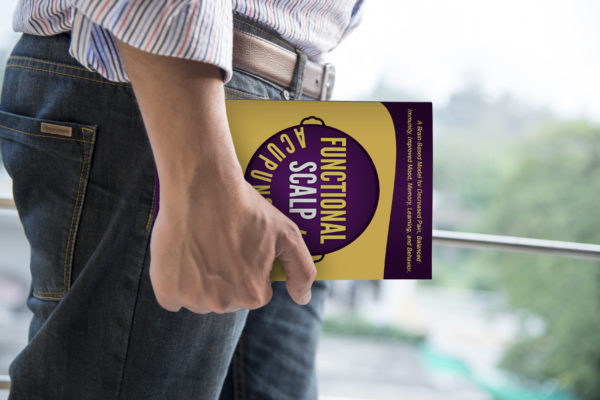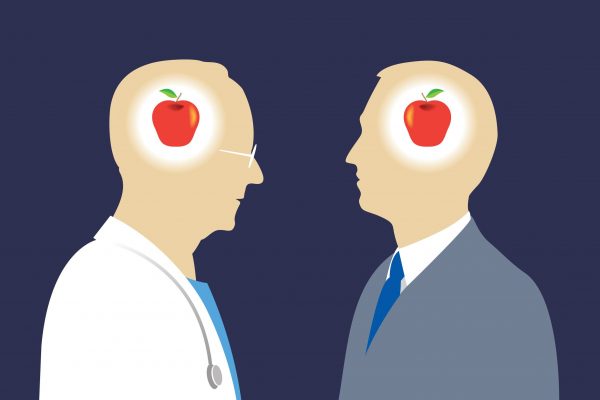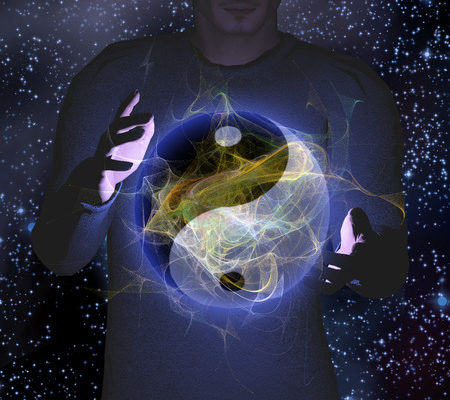While a detailed analysis of the history and theory of acupuncture is beyond the scope of this post, it is important to know that there are two main traditions of acupuncture used throughout the world. The first one is called eight principle acupuncture, which involves harmonizing imbalances that have developed in the body. The eight principles refer to:
- Interior
- Exterior
- Hot
- Cold
- Excess
- Deficient
- Yin
- Yang
An eight principle acupuncturist will use these parameters to assess the relative degree of balance within the patient’s body. For instance, a patient can have a deficiency of yin, which means that the calming, moistening, and cooling aspects of their physiology have become depleted. In this case, the acupuncturist will nourish yin in order to calm and cool the patient.
Eight principle acupuncture is the predominant form of treatment in the modern world. Most acupuncturists are trained in this manner. It is an effective way to clear out various symptoms by harmonizing their underlying imbalances. This style of treatment is widely regarded as being able to quickly offer symptomatic relief. Many acupuncturists rely on it for treating pain-related concerns such as frozen shoulder, headaches, low back pain, and sprains and strains. Eight principle acupuncture can often be used to reduce or eliminate pain medications. It has no side effects and is considered a very safe and effective form of treatment for both chronic and acute pain.
Eight principle acupuncture can also be used for internal medical conditions, as it exerts a harmonizing and balancing influence on the internal organs and the major systems of the body. While it is certainly useful for chronic health issues, many acupuncturists also utilize five-element acupuncture, the second style of treatment, for this purpose.




